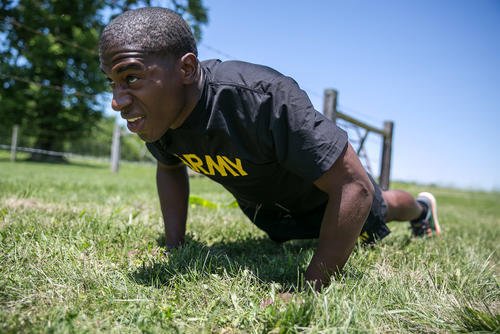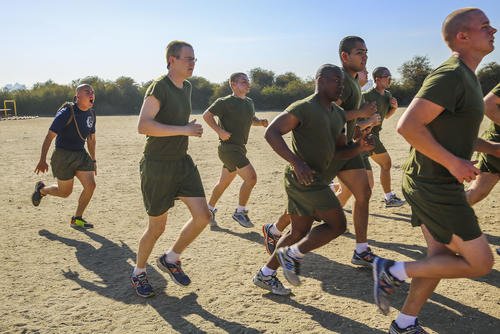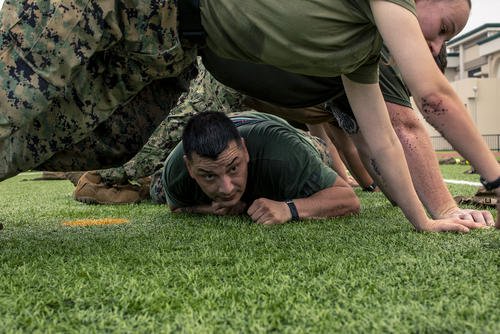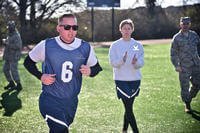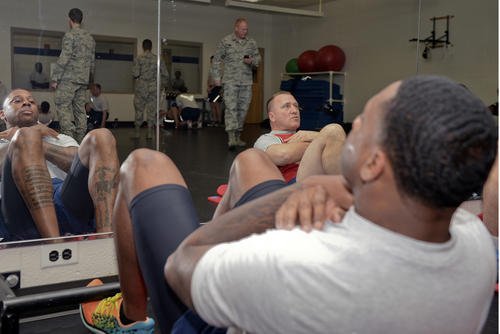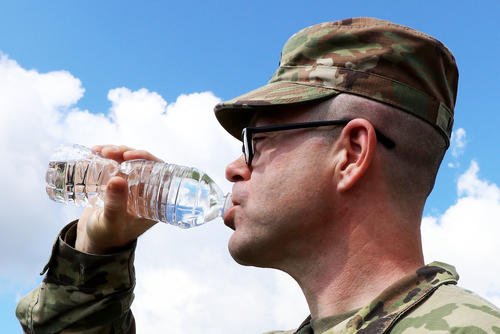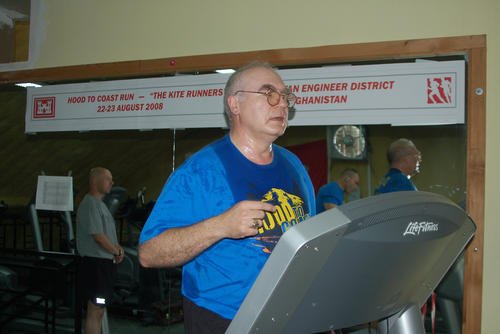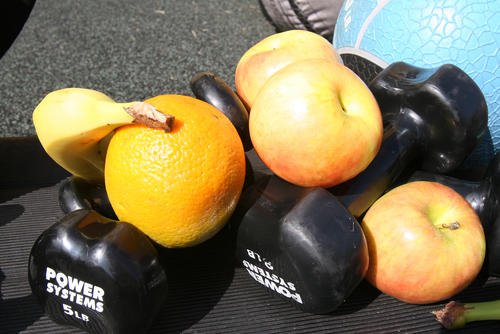Foam rolling has been a revolutionary method for self-massage, but is it something we all need? Though the science is mixed in its benefits/lack of benefits to human performance (strength, speed, flexibility, power, etc.) and reduction of muscle soreness before and after physical activity, the fact is that it feels good when you do it -- or it should. Here is a question from a reader about his foam-rolling experience:
Stew, should it hurt when you foam roll, and should I even use it? Thanks, Alan
There is a line when foam rolling that you do not want to cross: the delicate balance between beneficial pressure and overwhelming pain. Using a partial percentage of your body weight on the foam roller will be a gentle self-massage experience. However, if you put greater pressure onto a hard foam roller (PVC pipe with little cushion), you could experience significant pain regardless of your muscle tightness/soreness. While often associated with pain relief and muscle recovery, foam rolling does not always need to be excruciating. Instead, some discomfort is expected, but the only reason to foam roll is to feel better -- not worse whether you foam-roll before or after exercise.
A good comparison is the difference between a full-body and deep-tissue massage. If you have both, you will quickly understand the analogy to foam rolling. While a full-body massage is relaxing and relieves stress, a deep-tissue massage is painfully specific to the soft tissue/connective tissue of an area of the body (legs, lower back, shoulders/chest, arms). The foam roller can be used the same way with a general roll of the body before or after exercise, or it can be used to push on muscle knots and other soft-tissue tightness in specific areas of the body. The latter is much more painful.
I have always called the foam roller the "poor man's masseuse." It is yet another tool in your toolbox that can help you assess what is going on in different parts of the body. If discomfort arises, particularly in tight or sore areas, it can signal a potential injury or that you need to address muscle tension and improve your flexibility.
To enhance your foam rolling experience, consider these tips:
- Focus on specific areas of tightness or soreness and gradually apply pressure.
- Always listen to your body and pause if pain arises.
- Combine dynamic and static stretching, cardio and foam rolling with your warm-up/cooldown movements (if necessary).
- View foam rolling as one of many tools for warming up, cooling down and/or recovering before and after physical activity.
Each foam-rolling session can become a helpful dialogue with your body, helping you to understand your strengths, weaknesses and potential hot spots that need further attention. While mild pain is part of foam rolling for many individuals, it's essential to understand the difference between discomfort and pain. You can also use the foam roller and experience zero pain. It may be your fault if you encounter sharp or severe sensations because you are applying too much pressure or in a particularly sensitive area. In either situation, you should pause and reassess your technique or shift to a less sensitive region.
This tool helps you listen to your body, as your body will talk to you. Consulting with a physical therapist or experienced trainer may be prudent if discomfort persists or raises concerns. They can offer insights into proper foam-rolling techniques and help identify any underlying issues requiring professional medical attention.
I wish there had been foam rolling in the 1990s when I was in the Navy. It may have helped me recover from long days and nights of running, rucking and swimming with fins. It would have at least made me feel better, even if only temporarily. I use it regularly but not daily because it feels good. Nonimpact cardio, and static and dynamic stretching are often sufficient for pain reduction and tight muscles, and the foam roller can be a part of that process if you do it right.
Have you ever wondered about the fine line between beneficial discomfort and excessive pain during self-massage? Check out articles on workouts and recovery at the Military.com Fitness Section.
Want to Learn More About Military Life?
Whether you're thinking of joining the military, looking for fitness and basic training tips, or keeping up with military life and benefits, Military.com has you covered. Subscribe to Military.com to have military news, updates and resources delivered directly to your inbox.







